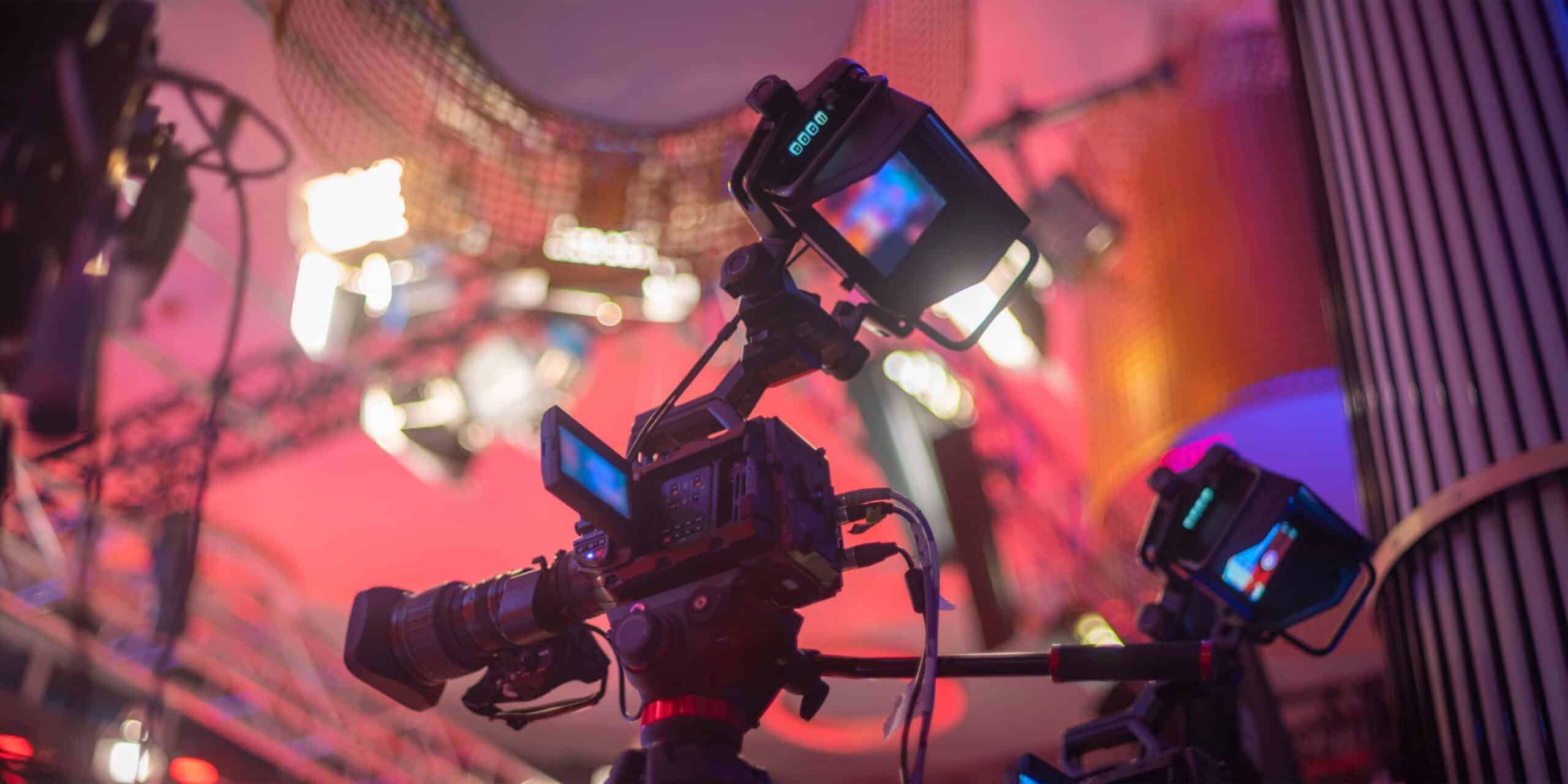 March 18, 2024 by alyssa |
digital eraLive Broadcastlive stream productionLive Streamingtechnology
March 18, 2024 by alyssa |
digital eraLive Broadcastlive stream productionLive StreamingtechnologyIn our fast-paced digital era, live streaming has become a game-changer for businesses, visionaries, and everyday folks looking to connect with their audience in real-time. Whether it’s a product launch that leaves everyone in awe, an educational webinar that sparks curiosity, heart-pounding esports showdowns, or intimate musical performances that resonate deeply, live broadcasts offer a unique chance to foster community, engage viewers, and spark meaningful conversations. Yet, achieving that seamless live stream magic is an artful dance, blending tech know-how with a creative touch.
This article takes you behind the scenes of live stream production, unraveling the secrets to crafting experiences that truly captivate your audience. We’ll navigate both the nitty-gritty technical details, from equipment choices to software essentials, and the more artistic aspects, like spinning a compelling story and fostering real-time connections with your viewers. It’s a journey into the heart of successful live streaming, where the marriage of technology and creativity brings your content to life in an unforgettable way.
The Technical Canvas: Building a Foundation for Success
Before going into the creative world, it’s critical to lay a solid technical foundation. This includes choosing the appropriate equipment, software, and infrastructure to enable a smooth and professional broadcast.
Hardware:

Cameras: The quality of your footage is crucial. Invest in cameras with good resolution, low-light performance, and smooth zooming capability. Consider using multiple cameras to get dynamic angles and professional settings.
Crisp and clear audio is equally vital. Use high-quality microphones, mixers, and audio interfaces to collect and control sound efficiently.
Encoders and Streaming Platforms: Select a dependable encoder capable of handling your chosen bitrate and resolution. Popular choices include hardware encoders and cloud-based encoding services. Collaborate with a respected streaming platform that provides reliable connections, worldwide reach, and audience engagement tools.
Lighting: Proper lighting creates mood and improves the visual quality of your broadcast. Use both natural and artificial lighting, taking into account the setting and intended tone.
Additional Equipment: Depending on your specific needs, you might require green screens, teleprompters, capture cards, and other equipment to enhance your production value.
Software:
Choose live streaming software that has user-friendly controls, multi-camera switching, live editing capabilities, and integration with other applications. Popular choices include OBS Studio, vMix, and Streamlabs OBS.
Presentation Software: If you’re using presentations, utilize software like PowerPoint, Keynote, or Google Slides that enables for easy screen sharing and annotations.
Enhance your stream with professional-looking graphics, overlays, and lower thirds created with software such as Adobe Photoshop, After Effects, or specialist design tools.
Infrastructure:
Internet Connection: For uninterrupted streaming, you’ll need a reliable and fast internet connection. Ensure that you have enough bandwidth to handle the video quality and estimated audience size.
Backup Options: Always keep a backup plan in case of technological difficulties. Consider using redundant internet connections, prerecorded segments, or cloud-based failover solutions.
The Art of Storytelling: Captivating Your Audience
While technical prowess is essential, it’s the creative elements that truly elevate your live stream and captivate your audience.
Compelling Content:
Define your purpose: Clearly state the goal of your live stream. Are you introducing a product, conducting a Q&A session, or giving a presentation? Tailor your material to meet that goal.
Create a narrative: Tell a story that connects with your audience. Create a unified and compelling experience by combining visuals, music, and transitions.
Inject your personality: Let your own voice and flair show through. Authenticity strengthens relationships and promotes trust with your audience.
Engaging Your Audience:
Polls, Q&A sessions, live chat, and social media integration are all examples of interactive aspects that encourage audience participation. Respond to comments and queries in real time to foster a sense of community.
Variety is essential: Avoid monotony by adding various forms such as interviews, demonstrations, live performances, and behind-the-scenes looks.
Encourage anticipation by publicizing your live broadcast on social media, your website, and email lists. Provide teasers and exclusive information to promote buzz.
Common Streaming Issues
Live streaming can be an exciting yet demanding activity. Being aware of common technical challenges can help you prepare more effectively. Here are some typical issues and their solutions:
Inconsistent Streaming Quality: Variations in video quality can annoy viewers. To address this, consider using adaptive bitrate streaming, which automatically adjusts the quality based on the viewer’s internet speed. This ensures a smoother experience for everyone watching.
Latency Issues: High latency can create delays between your broadcast and viewer interaction. Utilize low-latency streaming protocols like WebRTC or RTMP to reduce delays and improve real-time engagement.
Bandwidth Limitations: Limited bandwidth can lead to buffering or interrupted streams. Before going live, perform a speed test to confirm that your upload speed meets the requirements for your selected resolution. For higher-quality streams, aim for at least 5 Mbps upload speed.
Backup Plans
Always have a backup plan ready. Use multiple internet connections (like wired and wireless) to ensure that if one fails, the other can take over. Additionally, consider having pre-recorded segments available to fill in gaps during technical difficulties.
